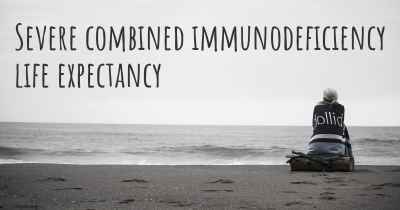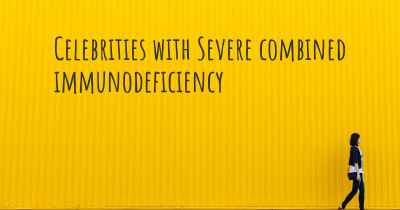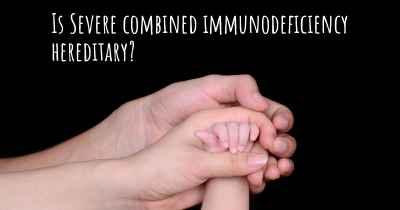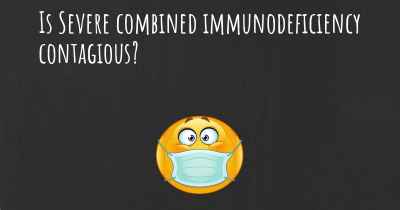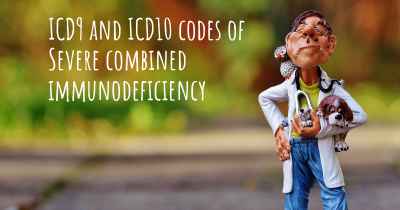What is the history of Severe combined immunodeficiency?
When was Severe combined immunodeficiency discovered? What is the story of this discovery? Was it coincidence or not?
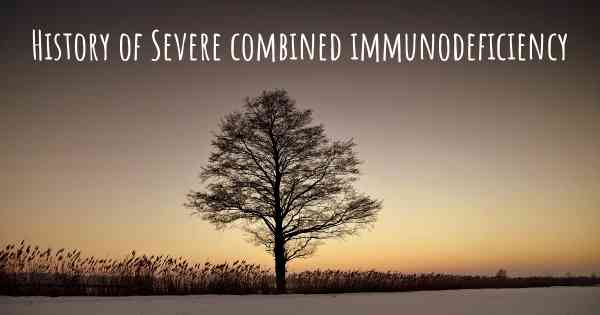
Severe combined immunodeficiency (SCID) is a rare genetic disorder that affects the immune system, leaving individuals highly susceptible to severe infections. It is often referred to as "bubble boy disease" due to the need for patients to live in a sterile environment to avoid exposure to pathogens. SCID is a life-threatening condition that requires early diagnosis and treatment.
The history of SCID dates back to the 1950s when the first cases were reported. In 1950, a physician named Robert Good described a group of children who suffered from recurrent infections and lacked functional immune systems. Good recognized that these children had a severe deficiency in both T cells and B cells, the two main types of white blood cells responsible for immune responses.
Over the next few decades, researchers made significant progress in understanding the genetic basis of SCID. In the 1980s, it was discovered that SCID is a heterogeneous disorder caused by mutations in different genes. The most common form of SCID, known as X-linked SCID, is caused by mutations in the IL2RG gene located on the X chromosome. This gene encodes a protein called interleukin-2 receptor gamma chain, which is essential for the development and function of immune cells.
Another important breakthrough in the history of SCID came in the 1990s with the development of gene therapy as a potential treatment. In 1990, French researchers successfully used gene therapy to treat a young boy with X-linked SCID. They inserted a functional copy of the IL2RG gene into the patient's own bone marrow cells and then transplanted these modified cells back into his body. This groundbreaking procedure marked the first successful use of gene therapy for a genetic disorder.
Despite the initial success of gene therapy, there have been challenges and setbacks along the way. In the early 2000s, several patients who received gene therapy for SCID developed leukemia due to the activation of oncogenes during the gene insertion process. This raised concerns about the safety of gene therapy and led to a temporary halt in clinical trials.
However, researchers continued to refine and improve gene therapy techniques, and in recent years, there have been significant advancements in the treatment of SCID. One notable breakthrough came in 2019 when a clinical trial using a lentiviral vector to deliver a functional IL2RG gene showed promising results. The treatment restored immune function in most of the patients, with no reported cases of leukemia.
Today, early diagnosis and treatment are crucial for individuals with SCID. Newborn screening programs have been implemented in many countries to identify infants with SCID before they develop life-threatening infections. Early detection allows for prompt intervention, such as hematopoietic stem cell transplantation (HSCT) or gene therapy, which can significantly improve outcomes for SCID patients.
In conclusion, the history of SCID spans several decades of scientific discovery and medical advancements. From the initial recognition of the disorder in the 1950s to the development of gene therapy as a potential treatment, researchers have made significant progress in understanding and managing this rare genetic disorder. Ongoing research continues to improve the diagnosis and treatment options for individuals with SCID, offering hope for a brighter future.
